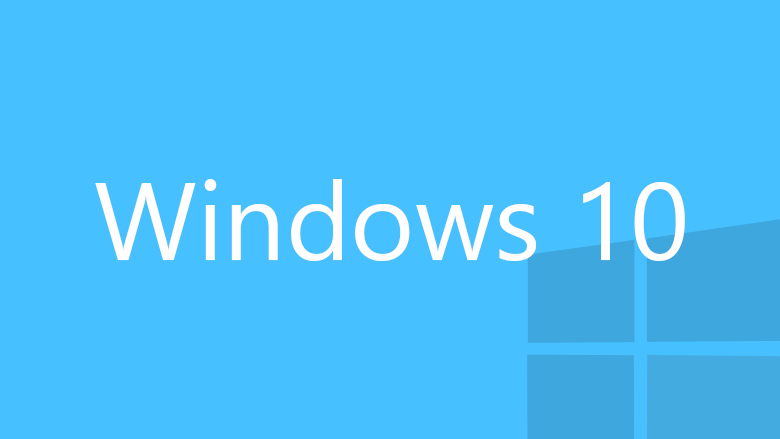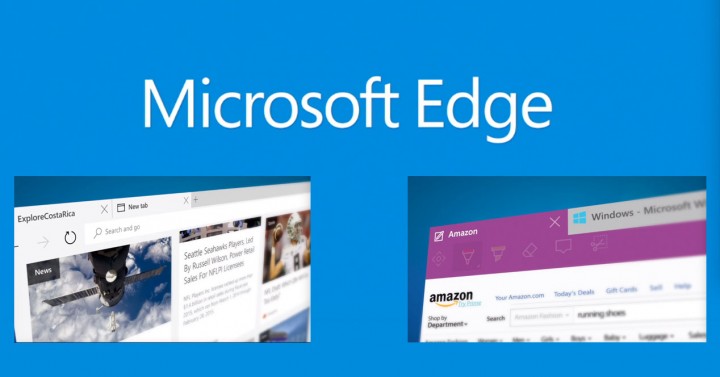Windows 10 2004 Update Issues: Is It Safe to Install?

The famous Windows May 2020 update (version 2004) caused so many problems for such a large number of users, that Microsoft had to put a compatibility hold on the update. Since then, the software giant has been addressing all the issues and finally confirmed that all known problems or bugs have been fixed.
However, a lot of users are still reluctant to install Windows 10 version 2004 update because they’re afraid that it will mess up their computers. So, let’s have a look at what got fixed by Microsoft and any potential problems downloading this update may still create.
DISM might incorrectly report corruption is still present after repair (Resolved):
After using the Deployment Image Servicing and Management (DISM.exe) command /restorehealth to detect and correct system corruption, you might receive a report from the tool that corruption is still present. This can occur even when it has been repaired. An example for using the /restorehealth command is: DISM.exe /Online /Cleanup-image /Restorehealth
Variable refresh rate not working as expected on devices with Intel GPU (Resolved):
Intel and Microsoft have found incompatibility issues when using a monitor with Variable refresh rate (VRR) plugged into an Intel integrated graphics processing unit (iGPU) display adapter and Windows 10, version 2004 (the Windows 10 May 2020 Update). Enabling VRR on affected devices will not enable the VRR for games using Direct X 9. Status: resolved
Difficulty connecting to more than one Bluetooth device (Resolved):
Realtek and Microsoft have found incompatibility issues with certain versions of drivers for Realtek Bluetooth radios and Windows 10, version 2004 (the Windows 10 May 2020 Update). Windows 10 devices with affected Realtek Bluetooth radio drivers might be unable to connect or pair with more than one Bluetooth device at a time after updating.
Errors or issues during or after updating devices with Conexant ISST audio drivers (Investigating):
Synaptics and Microsoft have found incompatibility issues with certain versions of drivers for Conexant ISST audio driver and Windows 10, version 2004 (the Windows 10 May 2020 Update). Windows 10 devices with affected Conexant ISST audio driver might receive an error or experience issues while installing the update or after the device has updated. The affected driver will be named Conexant ISST Audio or Conexant HDAudio Driver under Sound, video and game controllers in Device Manager and have file name uci64a96.dll through uci64a231.dll and a file version lower than 7.231.3.0.
Errors or issues during or after updating devices with certain Conexant audio drivers (Investigating):
Synaptics and Microsoft have found incompatibility issues with certain versions of drivers for Conexant or Synaptics audio devices and Windows 10, version 2004 (the Windows 10 May 2020 Update). Windows 10 devices with affected Conexant or Synaptics audio drivers might receive a stop error with a blue screen during or after updating to Windows 10, version 2004. The affected driver will be named Conexant HDAudio Driver under Sound, video and game controllers in Device Manager and have versions 8.65.47.53, 8.65.56.51, or 8.66.0.0 through 8.66.89.00 for chdrt64.sys or chdrt32.sys.
Issues using ImeMode property to control IME mode for individual text entry fields Resolved):
Some apps utilize the ImeMode property to control the IME (Input Method Editor) mode for individual text entry fields to increase typing efficiency. Some IMEs in Windows 10, version 2004 (the May 2020 Update) might have issues using the ImeMode property with certain apps. For example, the input mode will not switch automatically to Kanji or Hiragana.
Stop error when plugging or unplugging a Thunderbolt dock (Resolved):
Intel and Microsoft have found incompatibility issues when Windows 10, version 2004 (the Windows 10 May 2020 Update) is used with certain settings and a Thunderbolt dock. On affected devices, you might receive a stop error with a blue screen when plugging or unplugging a Thunderbolt dock. Affected Windows 10 devices will have at least one Thunderbolt port, have Kernel DMA Protection enabled and Windows Hypervisor Platform disabled. To verify your Kernel DMA Protection settings, please see How to check if Kernel DMA Protection is enabled. To verify your Windows Hypervisor Platform settings, select Start, type turn windows features on or off and select it. When the Windows Features dialog opens, find the setting for Windows Hypervisor Platform. If it is note checked, then Windows Hypervisor Platform is disabled.
Errors or unexpected restarts for some devices using Always On, Always Connected (Resolved):
Some devices using the Always On, Always Connected feature might have compatibility issues with Windows 10, version 2004 (the Windows 10 May 2020 Update). Affected devices will have more than one Always On, Always Connected capable network adapter, such as the Microsoft Surface Pro 7 and Microsoft Surface Laptop 3, and might receive errors or unexpected shutdown or restart.
No mouse input with apps and games using GameInput Redistributable (Resolved):
An incompatibility issue was found with some apps and games using GameInput Redistributable and Windows 10, version 2004 (the Windows 10 May 2020 Update). Affected apps or games might lose mouse input. Note GameInput Redistributable might be bundle with apps and games and might be silently installed during the installation of that app or game.
Issues updating or starting up devices when aksfridge.sys or aksdf.sys is present (Investigating):
An incompatibility issue was found with apps or drivers using certain versions of aksfridge.sys or aksdf.sys and Windows 10, version 2004 (the Windows 10 May 2020 Update). When an affected version of aksfridge.sys or aksdf.sys is present, Windows 10, version 2004 might fail to install or might fail to start after updating. Affected file versions are up to 1.8.0.* for aksfridge.sys or up to 1.51.* for aksdf.sys.
Issue with older drivers for Nvidia display adapters (GPU):
Nvidia and Microsoft have found incompatibility issues with certain versions of Nvidia display adapter drivers and Windows 10, version 2004 (the Windows 10 May 2020 Update). Windows 10 devices with affected Nvidia display driver versions might receive a stop error with a blue screen or other issues during or after installing the update to Windows 10, version 2004. The affected drivers are any version lower than 358.00.
Workaround: To mitigate this issue, you will need to check with your device manufacturer (OEM) to see if an updated driver is available and install it.
Next steps: Microsoft and Nvidia are working on a resolution and will provide an update in an upcoming release.
Note: We recommend that you do not attempt to manually update using the Update now button or the Media Creation Tool until this issue has been resolved.
Error when attempting to open any Microsoft Office application (Resolved):
We have received reports that some users are unable to open apps after installing KB4557957, especially Microsoft Office apps. Affected users might also receive an error, such as, ‘Windows cannot find “c:\program files\microsoft office\root\office16\winword.exe” Make sure you typed the name correctly, and then try again.
Print spooler might error or close unexpectedly when attempting to print (Resolved):
After installing KB4557957, certain printers may be unable to print. Print spooler may error or close unexpectedly when attempting to print and no output will come from affected printer. You might also encounter issues with the apps you are attempting to print from. You might receive an error from the app or the app may close unexpectedly. Note This issue might also affect software-based printers, for example printing to PDF.
Local Security Authority Subsystem Service (lsass.exe) might fail on some devices (Resolved):
The Local Security Authority Subsystem Service file (lsass.exe) might fail on some devices with the error message, “A critical system process, C:\WINDOWS\system32\lsass.exe, failed with status code c0000008. The machine must now be restarted.
Dragging with the mouse in some apps might cause issues for some IME users (Investigating):
Users of the Microsoft IME for Chinese and Japanese in some apps such as Microsoft Excel, might receive an error or the app might stop responding or close when attempting to drag with the mouse.
As you can see, a lot of the issues are still being investigated. If you think that you might experience them, then it’s best to postpone the update. After all, it’s a major update that already has a bad reputation plus it’s the first major update under Microsoft’s new leadership.



